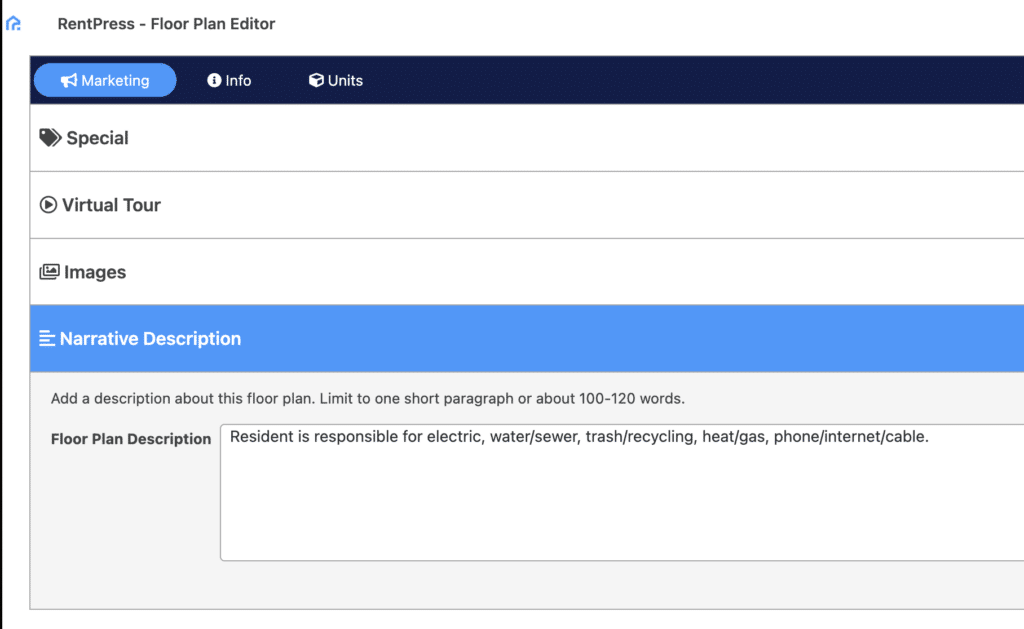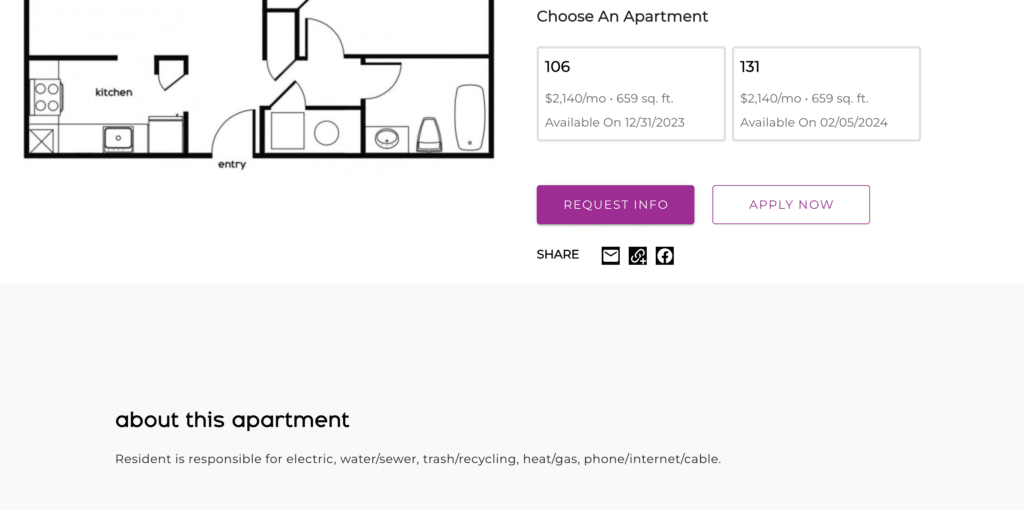You’ve been there before. You’re online, excited about purchasing a concert ticket or book a vacation rental.
The price seems perfect, fitting nicely within your budget. But as you proceed to checkout, a slew of hidden fees magically appear – service charge, convenience fee, processing fee – and suddenly, the cost is way beyond what you anticipated. I’ve seen ticket prices almost double after all the fees.
Frustrating, isn’t it?
While fees aren’t nearly as extreme in multifamily, governments large and small like to target landlords … and they think they’ve found a story worth pursuing in fighting “junk fees” charged by apartment operators.
Here’s the thing: It’s a winning argument in the court of public opinion. But it also represents an opportunity for smart apartment marketers – an opportunity to build trust through transparency.
Go back to those hidden fees and misleading prices for tickets and vacation rentals … hidden fees in rent prices can lead to a similar shock and disappointment for potential residents.
While the FTC decides what they’re going to do, other local governments are moving faster. Minnesota is one example, introducing new rules that went into effect last week (January 1, 2024), mandating full transparency in rental pricing.
We’ll guide you through how we’re helping clients adapt to these changes, including a step-by-step guide to add any required disclosures to your RentPress Apartment Website.
Understanding Price Transparency Laws
First, our own disclaimer: This isn’t meant to be legal advice. If you have questions about how to comply with your local rental laws, please consult your attorney.
Most of the new laws are similar in their approach, so we’ll use the Minnesota law as our reference point here.
The law requires that “the sum total of rent and all nonoptional fees be clearly defined as the Total Monthly Payment in lease agreements and advertisements.” Here’s the full language:
Disclosure of fees. A landlord must disclose all nonoptional fees in the lease agreement. The sum total of rent and all nonoptional fees must be described as the Total Monthly Payment and be listed on the first page of the lease. A unit advertised for a residential tenancy must disclose the nonoptional fees included with the total amount for rent in any advertisement or posting. In a lease agreement disclosure or unit advertisement, the landlord must disclose whether utilities are included or not included in the rent.
The goal here is transparency in rental pricing, ensuring that potential residents can clearly understand all costs involved.
Reading that language, here’s the part that marketers will need to focus on:
A unit advertised for a residential tenancy must disclose the nonoptional fees included with the total amount for rent in any advertisement or posting.
It will be interesting to watch how this is enforced in practice … I have no idea how they expect us to disclose fees in a Google Ad that allows for two lines of 25 characters each.
How-To: Updating Your RentPress Website for Compliance
What I do know: If you’re using RentPress to power your website, it’s easy for you to add any necessary disclosures and other info directly to every floor plan page … even if that info isn’t included in your pricing/syndication feed (and most likely, it’s not).
Here’s how:
- Access the Floor Plan Editor: Log into your website and navigate to the individual floor plan in the RentPress Floor Plan editor.
- Update the Narrative Description: Locate the Narrative Description section under the Marketing tab (Marketing > Narrative Description). This is where you can also add a unique description of each floor plan if you don’t already have one coming from your pricing feed.
- Add your disclosure text: Copy your chosen disclosure text into this section. Example disclaimers include specifics about which utilities or services the resident is responsible for.
- Save your changes: Be sure to update or save the floor plan page to reflect these changes.

That’s it!
If you’re using our standard Floor Plan page template, your disclosure should now be visible in the “About this apartment” section of the floor plan page below the unit availability.

Repeat this process as necessary for each floor plan. (And yes, we’re already working on a new feature that will allow you to add this disclosure globally across all floor plans.)
We also have a similar solution available in the RentPress Property editor to add your disclaimer at the property level (Edit Property > Info > Property Description) — this is perfect for those customers using our property listing pages on your corporate or regional portfolio website.
This should be enough to cover your bases for now, and we’ll be sharing more once we have an update with that global disclosure editor available.
Beyond Disclosures: Building Trust Through Transparency in Your Marketing
While compliance with the law is necessary, you can do even more to build trust and enhance transparency in your marketing efforts. Consider the following:
⚛️ “True Cost” Calculators: Tools like a ‘What should I expect to pay?’ calculator can help potential residents understand the total cost of moving and living in your property, including all fees, moving expenses, deposits, estimated utilities, and more.
⚛️ Fee Explanation Tables and FAQ Pages: You probably offer a lot of valuable services to your residents, many of which might be buried as a bullet point somewhere on your Amenities page. You likely also incur normal expenses for services like background checks. It’s worth expanding on those with a dedicated page that outlines everything the resident will get with you and what they can expect to pay.
⚛️ Transparent Advertising: Ensure all fees are clearly mentioned in your advertising materials (or that you’re at least linking to the previously mentioned fee FAQs. No one likes getting “nickel and dimed” – be upfront and avoid hidden costs to build trust with your audience. (You’ll probably find you’ll see better qualified prospects, too.)
One thing to note: The syndication feeds from the PMSs aren’t consistent on this yet – most of them don’t include fees in the feeds today. Until then, I’d suggest building out that “Our Fees Explained” page on your website to give you an easy resource to share with prospective renters. (Not sure where to start with this? Get in touch … we’ll be happy to help.)
We’d love to hear what else you’d like to see to help you work through this!
Transparency = Trust
Adapting to these new laws will require some adjustments, but it’s a significant step toward fostering trust and transparency among potential long-term customers.
Our team is here to help – we recognize the need for practical solutions and more streamlined tools … and we welcome your ideas and questions.
How are you managing these changes? What other tools or strategies would you like to see to enhance pricing transparency in our industry? (And what can we borrow from other industries?) Share your thoughts and join the conversation to shape a more transparent future in multifamily marketing.

